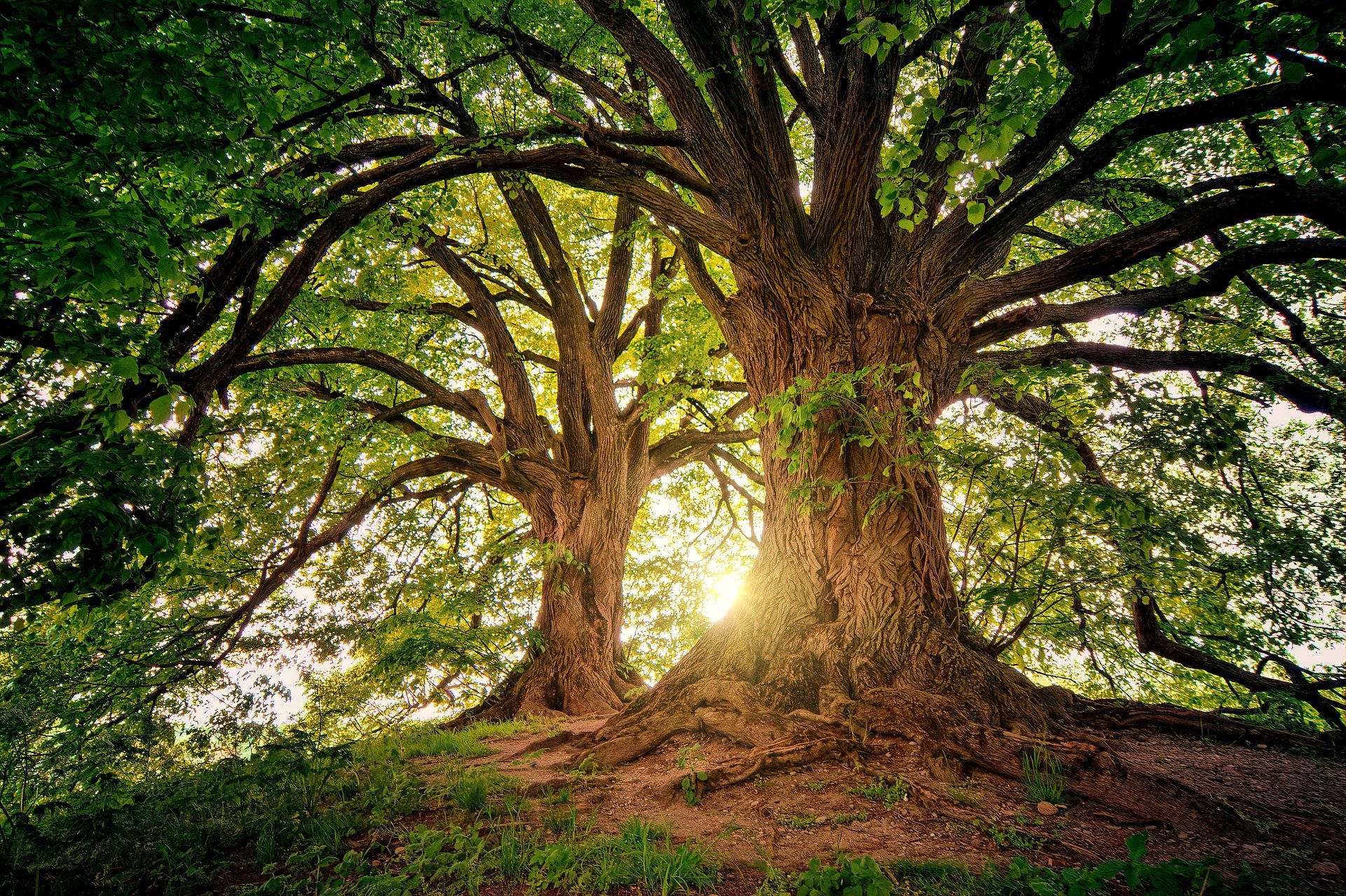Press the pause button.
Take a slow deep breath.
Picture yourself in a forest.
As you look up you see the trees towering majestically above you and the light radiating through the leaves. All around you is the sound of beautiful bird song. As you breathe in the air feels so clean and you can smell fresh pine. You feel a gentle breeze against your skin and the earth is reassuring solid beneath your feet. You are forest bathing.
I called my therapy service Forrest Talking Therapies because my surname is Forrest and I love the connection to nature and all things calm. It was inevitable that I’d write a blog on Forest Bathing at some point simply due to the name connection. It was on a recent visit to Tatton Park that the push to write this blog finally came. Throughout the beautiful gardens at Tatton Park there are signs encouraging you to pause a while and indulge in some Forest Bathing, which I did – see photo below!
Forest bathing comes from the Japanese Shinrin Yoku and is a type of ‘nature therapy’. It originated in the 1980s as a government led initiative to counteract the negative impacts of the tech boom such as stress, depression, and pain conditions. Since then the trend has spread across the globe and lots of research has been conducted which backs up the anecdotal reports of the benefits of being with nature in this very special way. Studies suggest that regular forest bathing can decrease stress, depression and anxiety as well as lowering blood pressure and boosting the immune system.
Usually when we are out in nature we are there with a purpose, to exercise, reach a destination, or walk the dog. Often we have our headphones on listening to music or a podcast, or we might be chatting with a friend as we stroll. Forest bathing encourages us to really BE in our surroundings without purpose or distraction. It’s about slowing down, pausing and noticing where you are.
Forest bathing tips …
Head to a wooded area as close to home as possible. Choosing somewhere close to home will reduce the stress associated with travel and encourage you to do it on a more regular basis (not to mention reducing your carbon footprint!) If you aren’t lucky enough to live near a forest then a park will do just as well.
Go alone, with friends or with a guide.
Put things in place so that you won’t spend the whole time worrying about loved ones or work projects. Consider letting people know where you are going and tell them that you won’t be contactable for a little while.
Leave tech behind – turn your phone off and put your out of office message on your emails.
Move slowly and without purpose.
Pause often.
Get curious – notice what you can see, smell, hear, taste and feel.
This is an active form of mindfulness so notice any thoughts which pop up and let them go.
Make this a regular practise and repeat it at different times of the day, different weather conditions and different seasons.
Reflect on your experiences afterwards and perhaps write about them in a journal.
Things to explore …
Forest Bathing: All you need to know in one concise manual by Sarah Devos and Katrilina Kilpi. This is the Haynes Manual of Forest Bathing! Practical Forest Bathing tips for every season, a hardback book full of beautiful photographs to inspire.
The Forest Bathing Institute – information about the scientific benefits of Forest Bathing, and opportunities to take part in guided experiences and retreats.
Eventbrite – type ‘Forest Bathing’ in the search engine and see what comes up in your area.
National Trust – tips for forest bathing and suggestions of places to do it.
‘I tried ‘Forest Therapy’. Here’s what it did for my mental health – a personal account of Forest Bathing in Wisconsin.
Be Uncluttered Aug 2020 – a half hour chat about all things Forest Bathing with Australian duo Bec and Tara.


